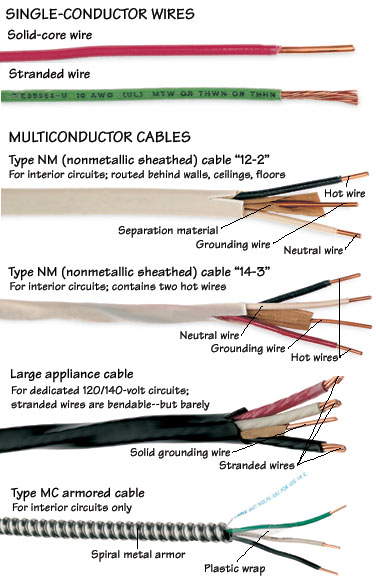
Home » How Your House Works
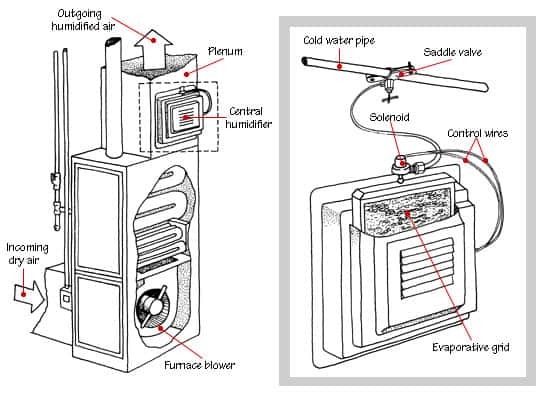
How Stuff Works
What is the name of that doo-hickey? A house can be a bewildering assemblage of parts. It pays to know what those parts are called and how they work when making repairs, hiring help, or visiting the home center. Written by Don Vandervort, author of the book “How Your House Works” (published by Ballantine, a Division of Random House) these articles and diagrams will demystify your home.
Browse Categories
How Things Work
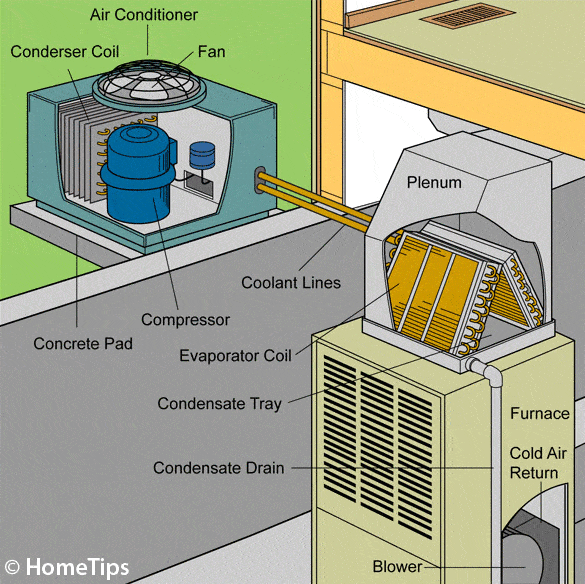
How a Central Air Conditioner Works
How does an air conditioning system work? This expert article, along with diagrams and video, clearly explains how a central air conditioner cools a house
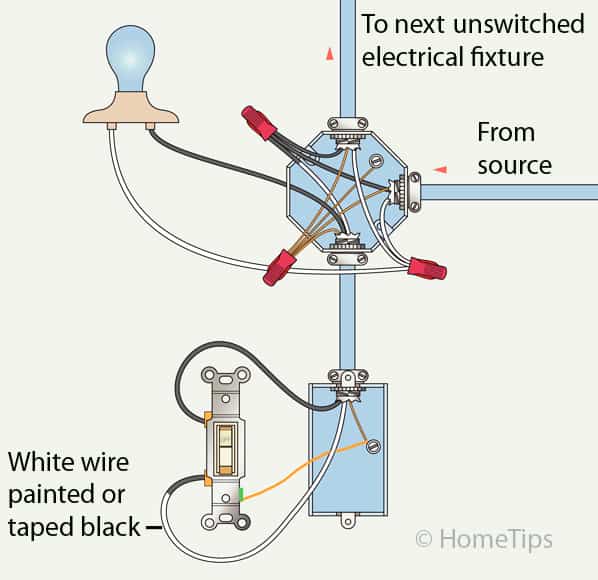
How to Wire a Standard Light Switch
This article will show you how to wire a standard light switch that turns on the lights in a room (a “single-pole switch”). It includes
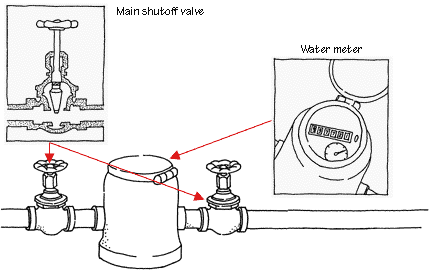
How Home Water Supply Works
An expert guide about how home water supply systems work, with information and detailed diagrams that explain how water is distributed through your home. In
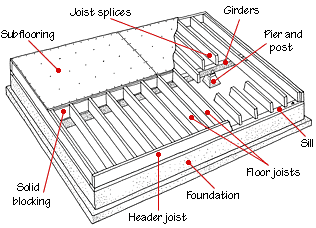
How Floor Framing & Floor Structure Work
This illustrated guide has diagrams that show how a typical wood-frame floor is built, from floor joists to subfloor and the sill plate. In This
How More Stuff Works
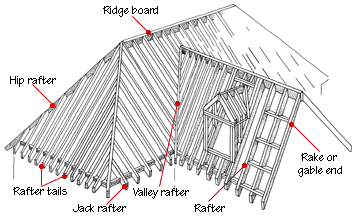
Common Roofing Terms | An Illustrated Glossary
Roof framing involves a lexicon all its own. As you can see in the illustration below, roofs have hip rafters, ridge boards, jack rafters, and
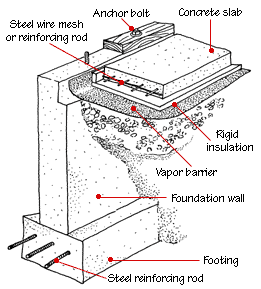
House Foundation Types and Diagrams
How basic foundations are built, including slabs, perimeter foundations, concrete blocks, and piers Overview Type of Foundation Description Common Uses Slab A flat, concrete slab
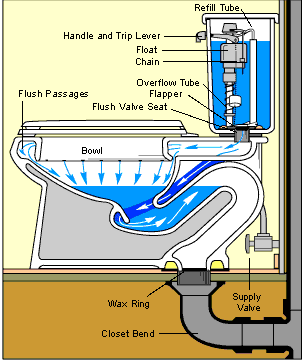
How Does a Toilet Work? Here’s How, with Toilet Plumbing Diagrams
Understand how a toilet works. Includes a cross section diagram of a toilet, definitions of toilet bowl parts, and how a toilet flush works. If
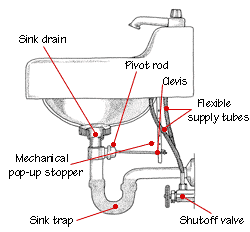
How Sink Drain Plumbing Works
Diagrams and helpful advice on how kitchen and bathroom sink and drain plumbing works In This Article: How a Sink Drain Works What Is a
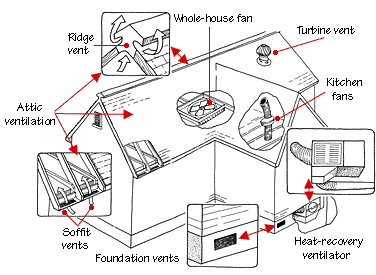
How Home Ventilation Works
A little humidity is important to comfort in a home, particularly in winter. But too much vapor, combined with fumes from synthetic materials, pesticides, cleansers,
Social Media
Featured: Electrical Systems
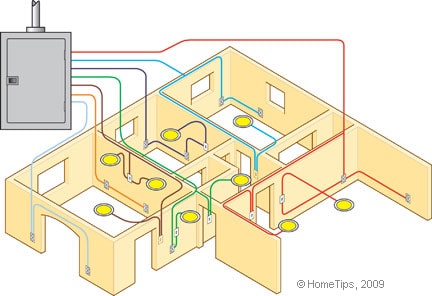
The Main Electrical Panel and Subpanels
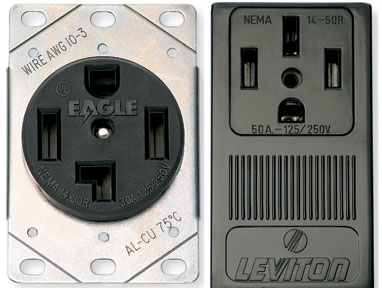
Types of Electrical Receptacles
